Hundreds of years ago the Spanish came to the continent and islands of America. In passing, some of their ships, treasures and other artifacts got taken by the sea. Today, these objects form items of cultural heritage, and the value they possess are treasured by many. I received an invite to join Dr. Charlie Beeker and DSO Sam Haskell, from Indiana University’s (IU) Office of Underwater Sciences, on a quick trip to the Dominican Republic to witness firsthand the ongoing work that this team has been doing creating marine reserves based on archaeological findings.
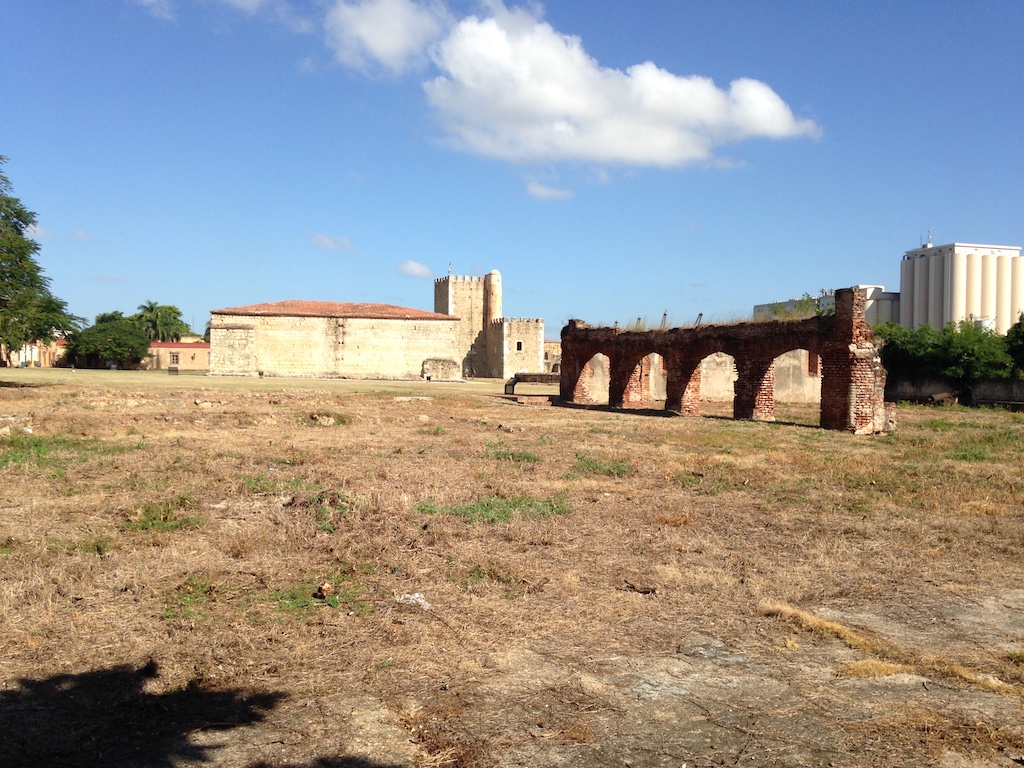
I met up with Sam and Dr. Beeker in Santo Domingo, where Sam gave me a brief tour of one of the sites that IU uses for summer fieldwork sessions. Here, the students have the opportunity to work just a couple of meters from shore, looking for objects that could be retrieved for archaeological studies. It’s amazing to hear how the entire island of Dominican Republic is full of these historic treasures. Some parts of Santo Domingo, like its historic downtown, is particularly reminiscent of earlier times due to the preservation of its colonial streets and architecture.
We departed to Bayahibe, just a couple of hours east of Santo Domingo, where we met up with a film crew of CNN who was looking to produce a special program on IU’s work in the area. Right off the shore of Bayahibe, the team at IU has helped uncover and monitor the remains of the Nuestra Señora de Guadalupe shipwreck, which began being excavated in 1976 by the Dominican Republic’s Underwater Archaeology Recovery Commission. Today it is designated as the living museum of the Guadalupe Underwater Archaeological Preserve, a site which attracts tourism, brings to light the wealth of old Spanish remains and sustains the marine life which inhabits it.
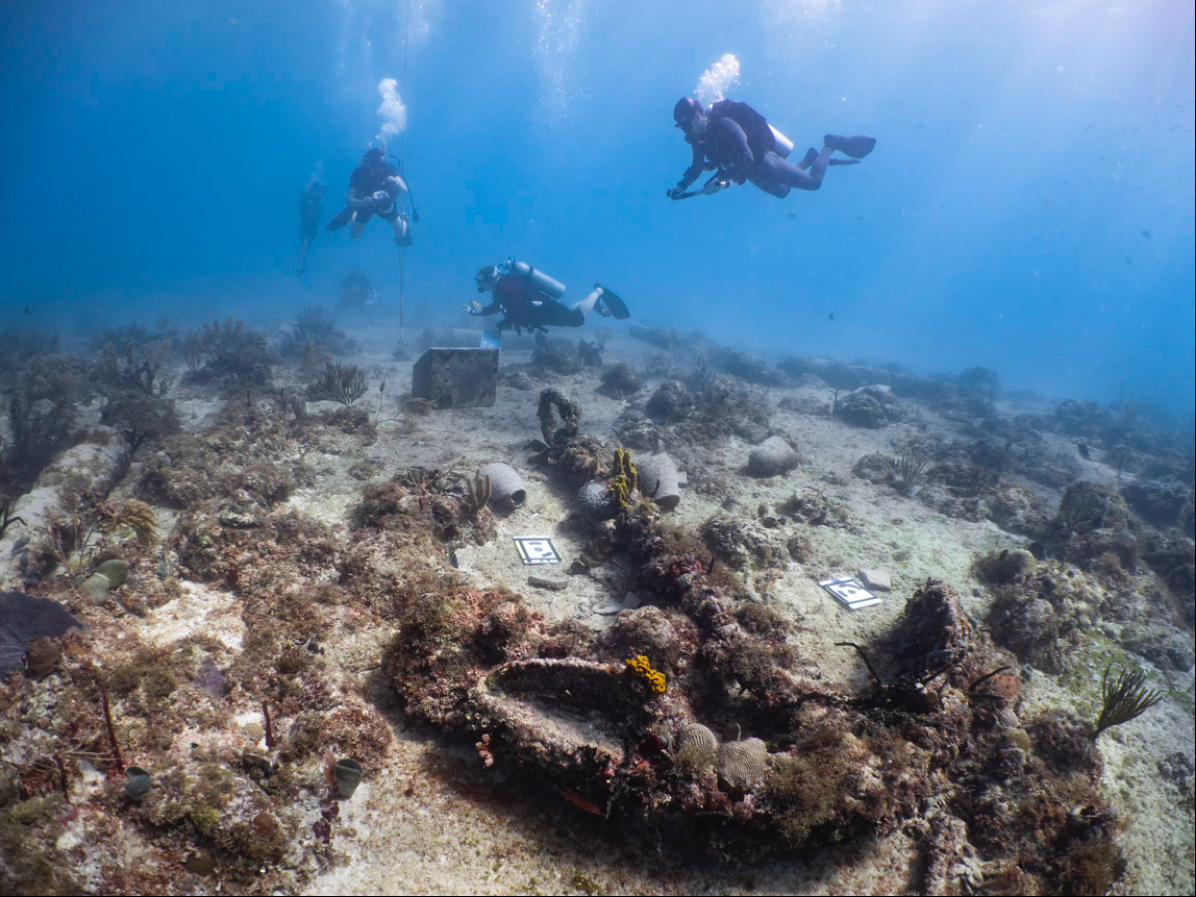
We were also able to visit one of the caverns nearby, called Padre Nuestro, which has also been a site of interest to the team at IU because of other archaeological remains from even before the era of Spanish colonialism. The discovery of carvings, tools and bones that relate to the people that once lived there make it another treasure worth investigating and protecting.
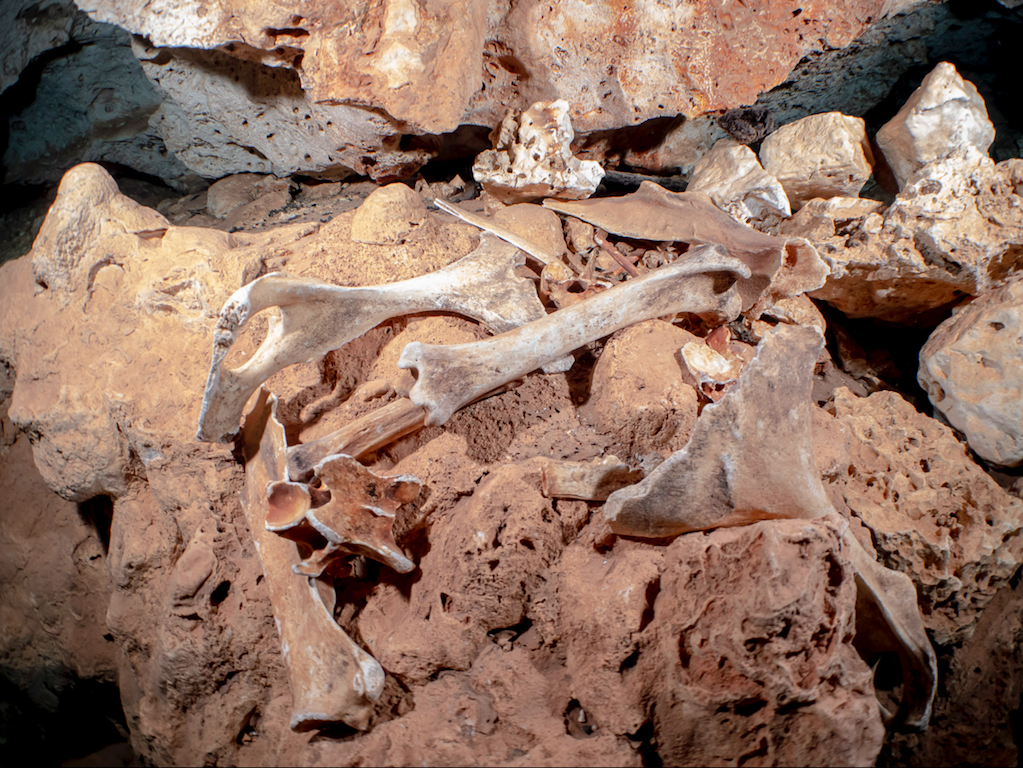
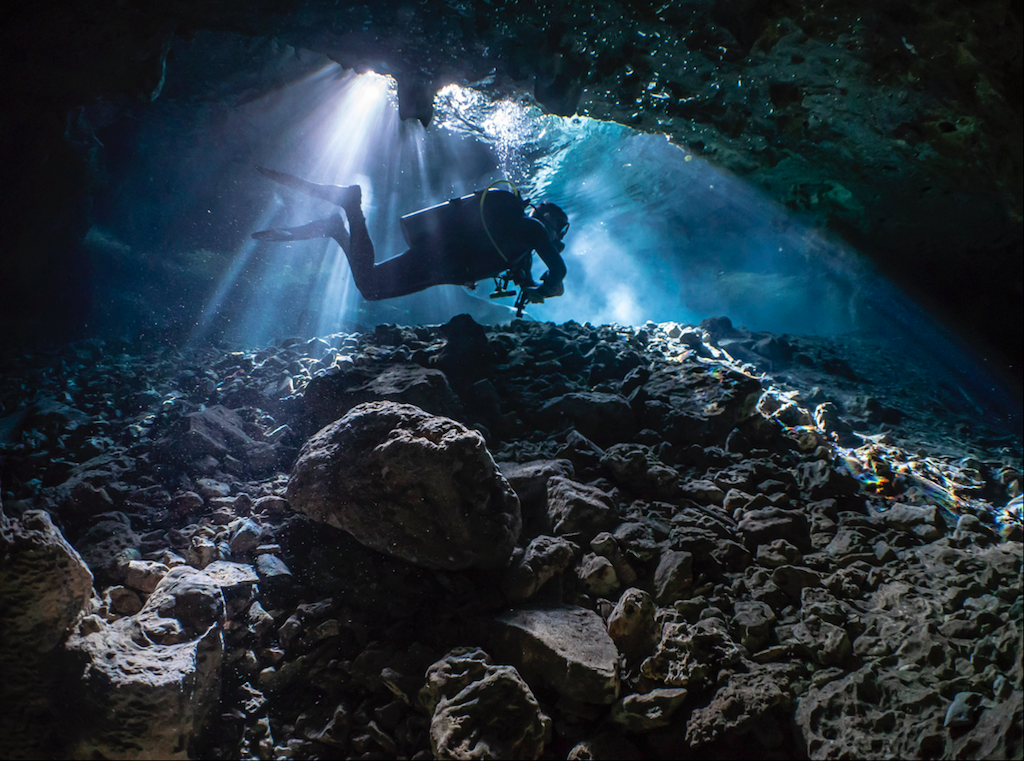
Sam at Padre Nuestro Cavern
On our way back to Santo Domingo, we made a brief stop at the Ministry of Culture’s National Office for Underwater Heritage, in essence the government’s underwater archaeology lab. Here I got see some of the many objects that had been retrieved on previous excavations and treated by experts. Many of these have been curated in conjunction with IU, so both Sam and Dr. Beeker were able to describe many of the treasures on display and convey their fascination for ongoing research.
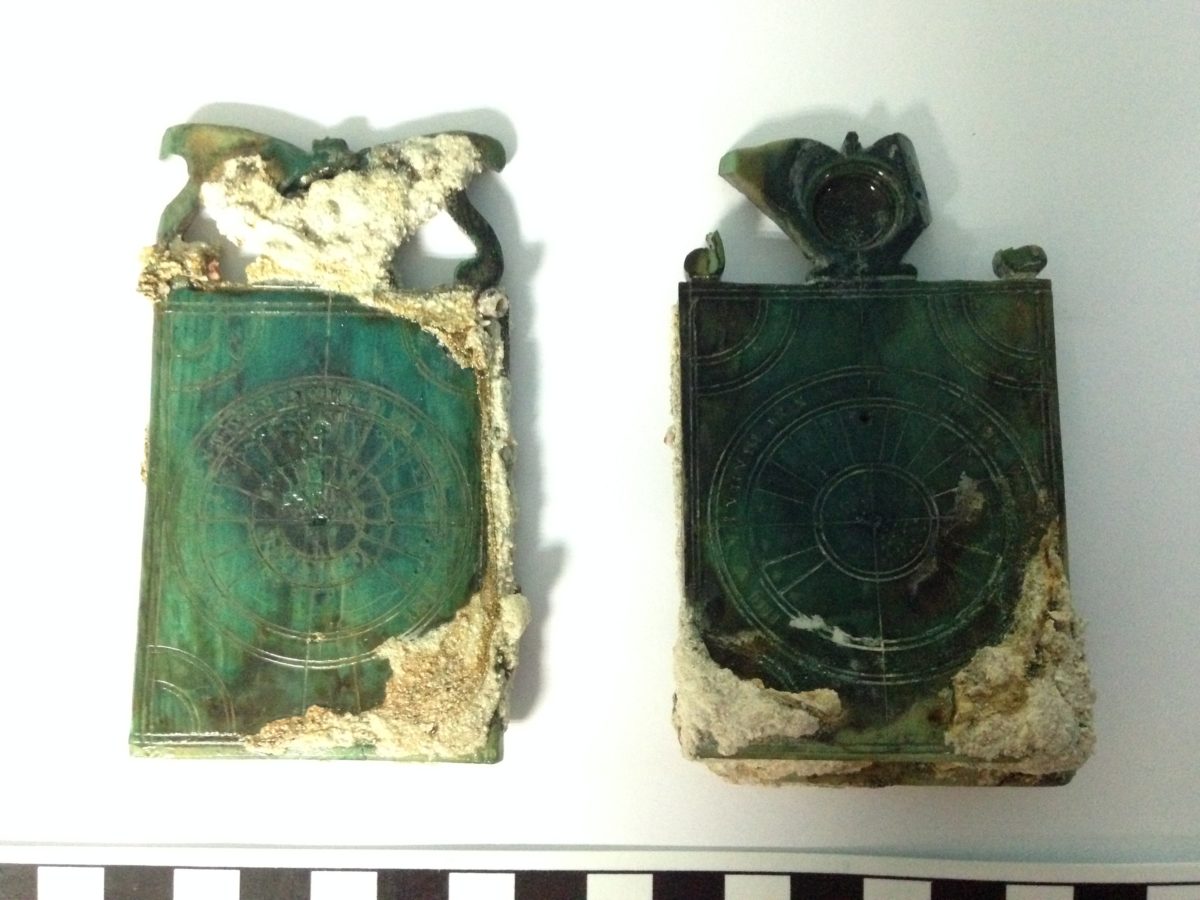
Despite being a very short visit, witnessing the state of the objects that lie beneath the surface only a couple of meters from shore made it obvious how Marine Protected Areas like the Guadalupe Underwater Archaeological Preserve can greatly enhance tourism and cultural heritage in the country, not only providing a strong economic booster but also a setting for biological recovery.
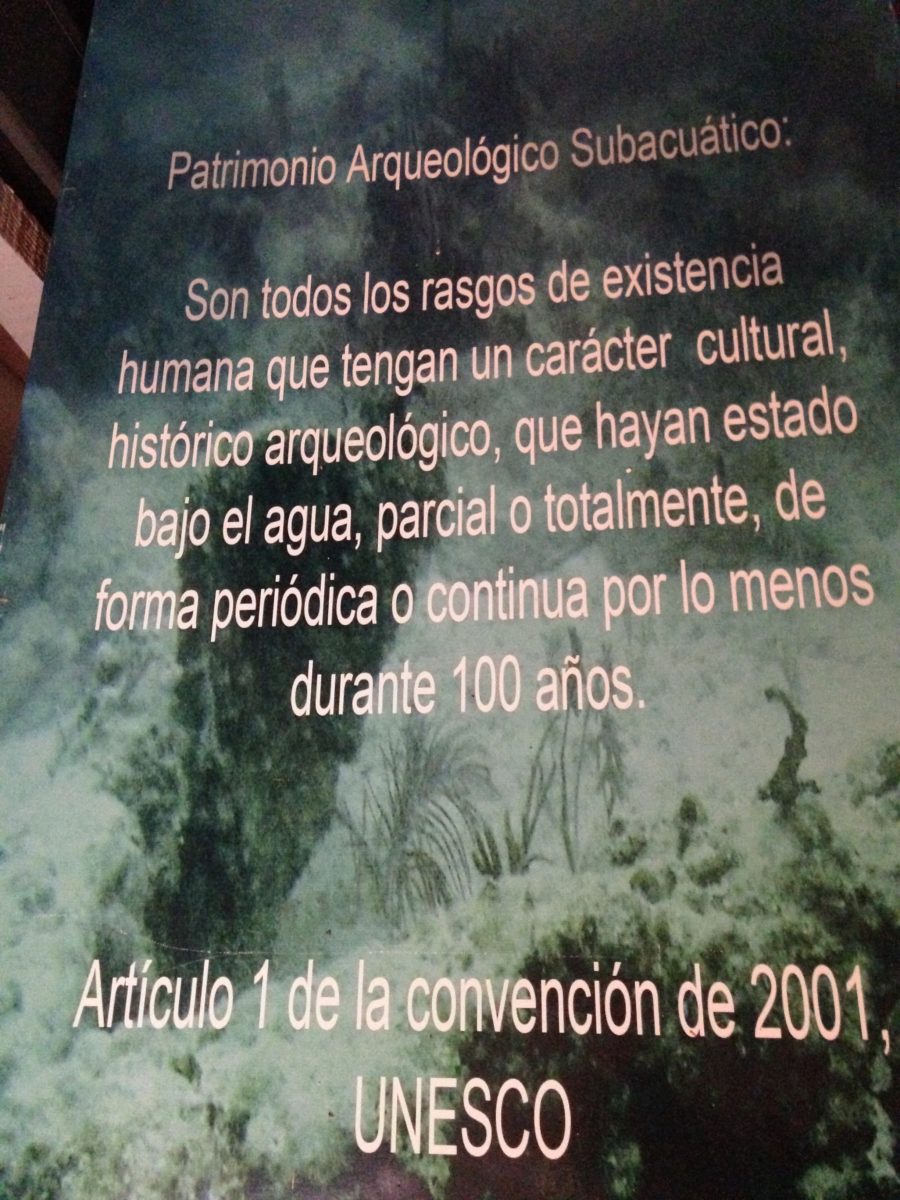
Big thanks Indiana University for having me on this trip and to my awesome sponsors!
Los tesoros de Bahayibe
Hace cientos de años, los españoles llegaron al continente americano y sus islas. Al pasar, varios de sus barcos, tesoros y artefactos quedaron sumergidos en el fondo del mar. Hoy en día, para muchos, estos objetos presentan un valor cultural y hereditario muy alto. Hace unas semanas recibí una invitación por parte del Dr. Charlie Beeker y el oficial de seguridad de buceo Sam Haskell, de la Oficina de Ciencias Subacuáticas de la Universidad de Indiana (IU), para acompañarlos en un viaje muy breve a República Dominicana y presenciar de primera mano el trabajo que llevan haciendo para crear reservas marinas basadas en descubrimientos arqueológicos.

Nos reunimos en Santo Domingo, donde Sam me mostró rápidamente uno de los sitios de trabajo de IU para la temporada de trabajo en campo del verano. Aquí los estudiantes tienen la oportunidad de trabajar a tan sólo unos metros de la costa buscando objetos que podrían ser rescatados para estudios arqueológicos. Es asombroso escuchar que toda la isla donde se encuentra República Dominicana está llena de tesoros antiguos. Inclusive en algunas partes de Santo Domingo, como su centro histórico, la sensación de otra época se revive a través de la preservación de sus calles y arquitectura coloniales.
Salimos hacia Bayahibe, a unas cuantas horas al este de Santo Domingo, en donde nos encontramos con un grupo de filmación de la CNN que buscaba presentar un especial del trabajo de IU. Justo en la costa de Bayahibe, el equipo de IU ha apoyado a emerger y monitorear los restos del barco Nuestra Señora de Guadalupe, que comenzó a ser excavado en 1976 por la Comisión de Recuperación de Arqueología Subacuática de República Dominicana. El día de hoy, el sitio ha sido designado como Museo Vivo del Mar de Nuestra Señora de Guadalupe, lugar que atrae el turismo, exhibe el tesoro antiguo de los españoles que llegaron en aquella época, y sostiene la vida marina que lo habita.

También pudimos visitar una de las cavernas de Bayahibe, Padre Nuestro, que también ha sido un sitio de interés para el equipo de IU por sus restos arqueológicos de mucho antes de la era de colonialismo español. El descubrimiento de tallados, herramientas y huesos que se relacionan con los habitantes que alguna vez habitaron el sitio hacen que la caverna sea otro tesoro merecedor de investigación y protección.


Sam en Padre Nuestro
De regreso a Santo Domingo, hicimos una parada en la Oficina Nacional de Patrimonio Cultural Subacuático, que básicamente es el laboratorio de arqueología subacuática del gobierno. Aquí pude ver varios de los objetos que se han rescatado de excavaciones previas y tratados por expertos. Muchos de estos han sido curados en conjunto con IU, así que tanto Sam como el Dr. Beeker pudieron describirme varios de los tesoros en muestra y transmitir su fascinación por la investigación que continúan haciendo.

A pesar de haber sido una visita muy corta, el presenciar el estado de los objetos que se encuentran bajo la superficie tan sólo a unos metros de la costa hicieron evidente cómo áreas marinas protegidas como el Museo Vivo del Mar de Nuestra Señora de Guadalupe pueden alentar el turismo y patrimonio cultural del país. No sólo como impulso económico sino también como un centro de recuperación biológica.

¡Muchas gracias a la Universidad de Indiana y a todos mis patrocinadores!